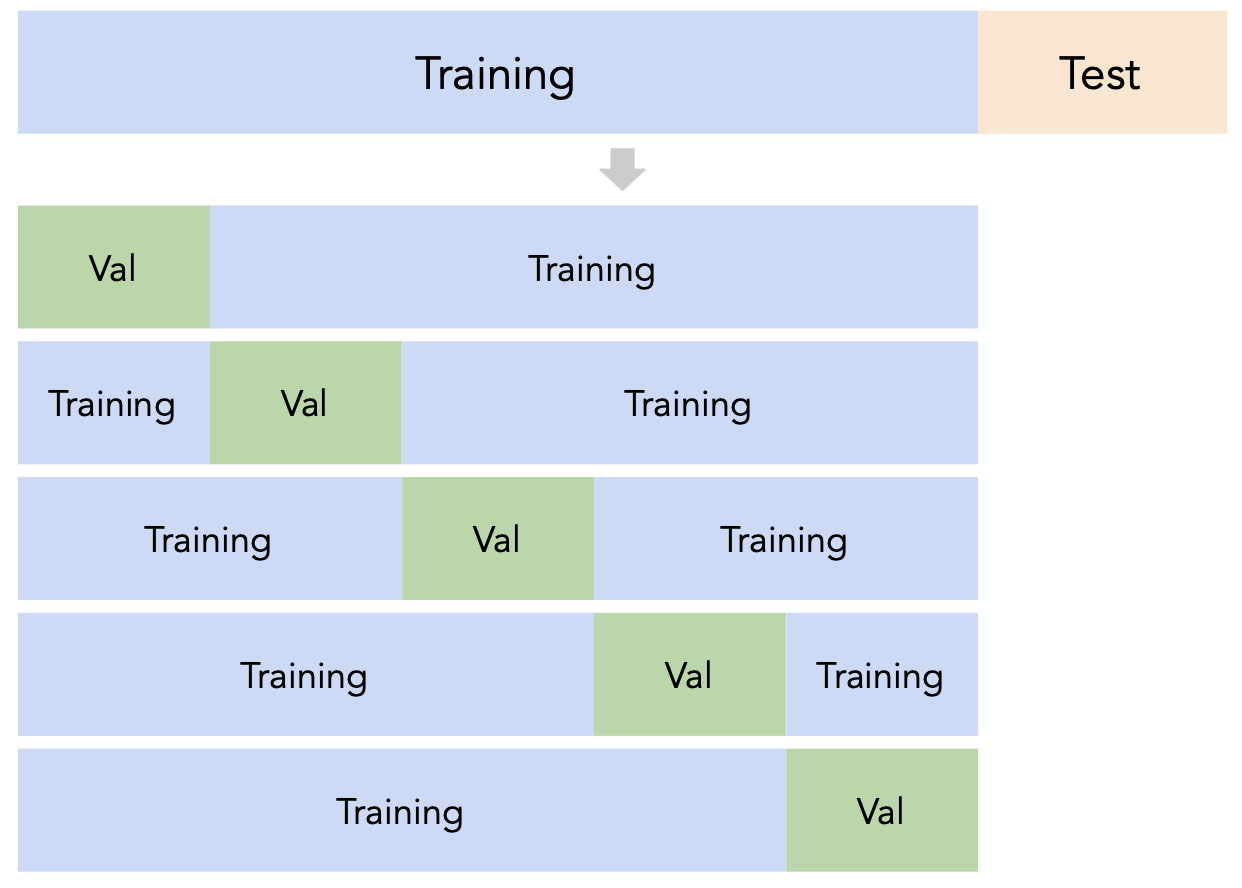array([0.7292054 , 0.7292054 , 0.7292054 , 0.7292054 , 0.7292054 ,
0.7292054 , 0.72568216, 0.74136432, 0.74136432, 0.74136432,
0.74136432, 0.74484258, 0.73964018, 0.72568216, 0.74832084,
0.75005997, 0.75005997, 0.75005997, 0.7517991 , 0.7465967 ,
0.72568216, 0.73787106, 0.73613193, 0.73961019, 0.73787106,
0.74658171, 0.7465967 , 0.72568216, 0.72230885, 0.71536732,
0.72749625, 0.73272864, 0.7413943 , 0.7465967 , 0.72568216,
0.71184408, 0.71008996, 0.71875562, 0.72574213, 0.73791604,
0.7465967 , 0.72568216, 0.69106447, 0.69793103, 0.7135982 ,
0.71361319, 0.73791604, 0.7465967 , 0.72568216, 0.69104948,
0.69970015, 0.71010495, 0.71187406, 0.73794603, 0.7465967 ,
0.72568216, 0.69106447, 0.70314843, 0.71353823, 0.71361319,
0.73965517, 0.7465967 , 0.72568216, 0.68755622, 0.71010495,
0.7170015 , 0.71704648, 0.74313343, 0.7465967 , 0.72568216,
0.72398801, 0.72398801, 0.72398801, 0.72398801, 0.72398801,
0.72398801, 0.72394303, 0.74658171, 0.74658171, 0.74658171,
0.74658171, 0.74658171, 0.73616192, 0.72394303, 0.7517991 ,
0.7517991 , 0.75005997, 0.75005997, 0.75005997, 0.73964018,
0.72394303, 0.75004498, 0.75004498, 0.75178411, 0.75178411,
0.75353823, 0.73964018, 0.72394303, 0.72923538, 0.73268366,
0.74482759, 0.74656672, 0.75353823, 0.73964018, 0.72394303,
0.72404798, 0.71881559, 0.73443778, 0.7413943 , 0.75182909,
0.73964018, 0.72394303, 0.68409295, 0.69622189, 0.71706147,
0.73791604, 0.74664168, 0.73964018, 0.72394303, 0.69445277,
0.6961919 , 0.72223388, 0.73269865, 0.75008996, 0.73964018,
0.72394303, 0.68757121, 0.68404798, 0.70838081, 0.73269865,
0.74664168, 0.73964018, 0.72394303, 0.67718141, 0.69103448,
0.70490255, 0.73269865, 0.74664168, 0.73964018, 0.72394303])

